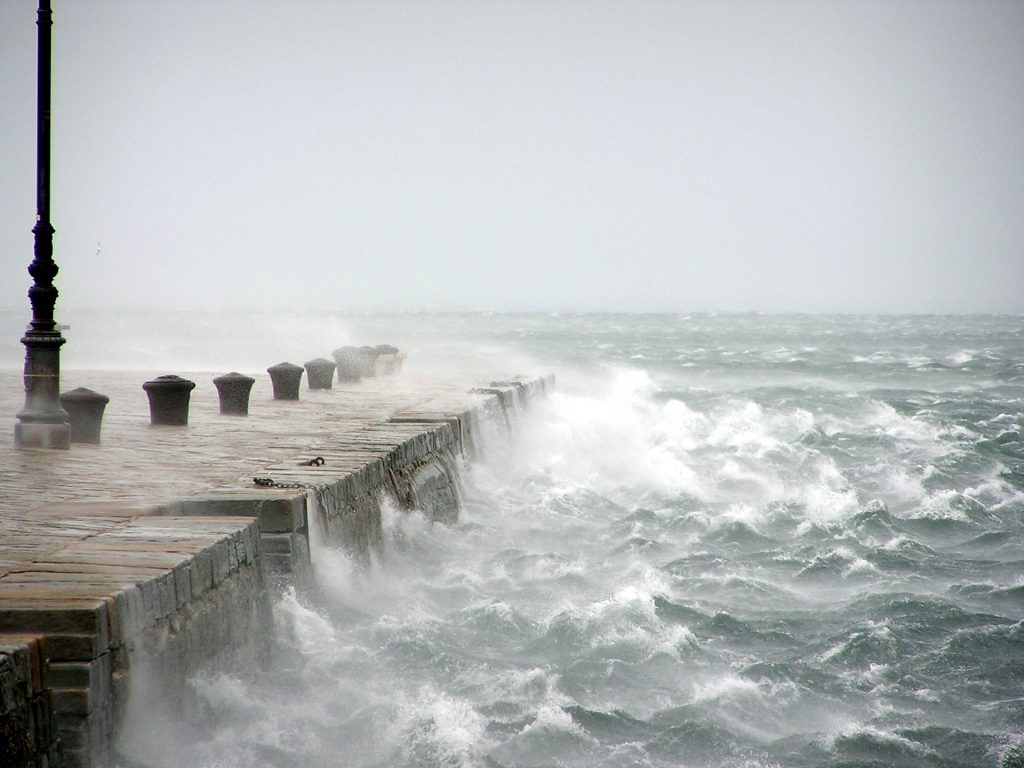On 15th of May, the World Bank and the European Commission unveiled three new analytical reports. These reports focus on prioritising investments in disaster and climate resilience, costing climate change adaptation, and advancing financial resilience. The reports are expected to provide critical insights into the economic and financial aspects of climate resilience and disaster management, aiming to assist countries in better preparing for and responding to the challenges posed by a changing climate.
The first report, titled “From data to decisions: Tools for making smart investments in prevention and preparedness“, underlines the importance of focused and smart investments to strengthen and adapt critical sectors in Europe to disaster and climate risks. Focused actions are needed in terms of policy and investments for critical sectors to ensure the resilience of emergency infrastructure, services, and capacities. Smart actions are needed, informed by risk data and analytics, to guide decision-making toward the high-priority areas and enable a strategic approach that maximizes efficiency and effectiveness in scaling up prevention, preparedness, and adaptation to disaster and climate risks.
Building resilient futures in the face of evolving climate risks, including compound, multi-hazard, and disruptive events, requires developin comprehensive investment packages for climate change adaptation (CCA) and Disaster Risk Management (DRM) with a mixture of options that evolve along with them and can be justified in economic terms. The second report, titled “Climate adaptation costing in a changing world” reviews evidence-based prioritization and costing approaches and illustrates their application in a series of case studies.
The third report, titled “Financially Prepared: The Case for Pre-positioned Finance” aims to inform discussions on the development of effective national and regional risk financing mechanisms by identifying funding gaps for wildfire and drought response. The identification of funding gaps can be used to inform a risk-layering approach, which combines different financial instruments to provide predictable finance when needed. This also includes the identification of additional regional funding to complement national finances.

